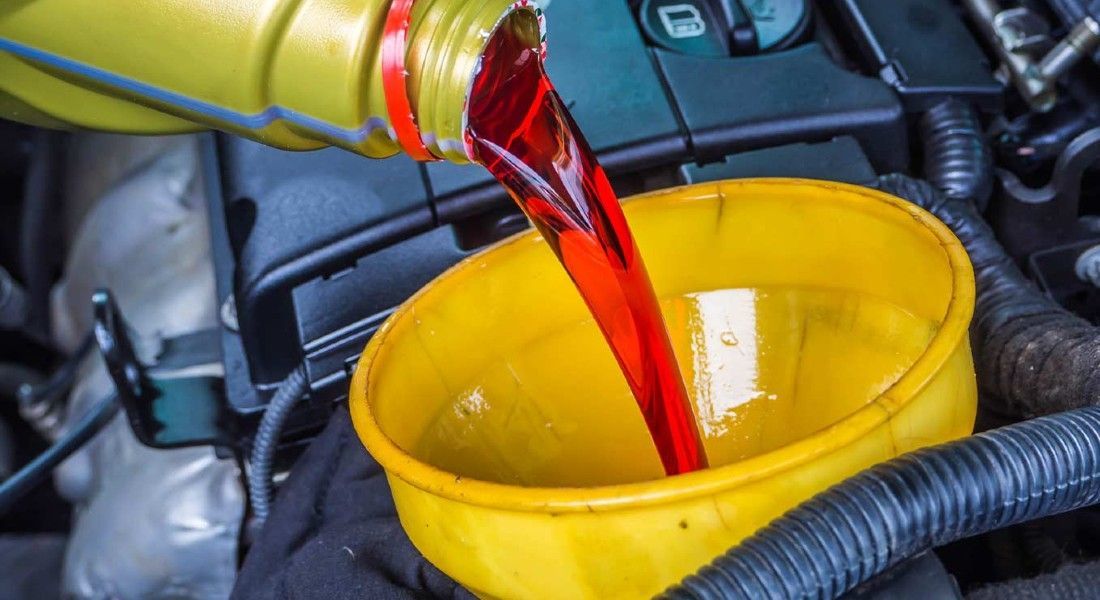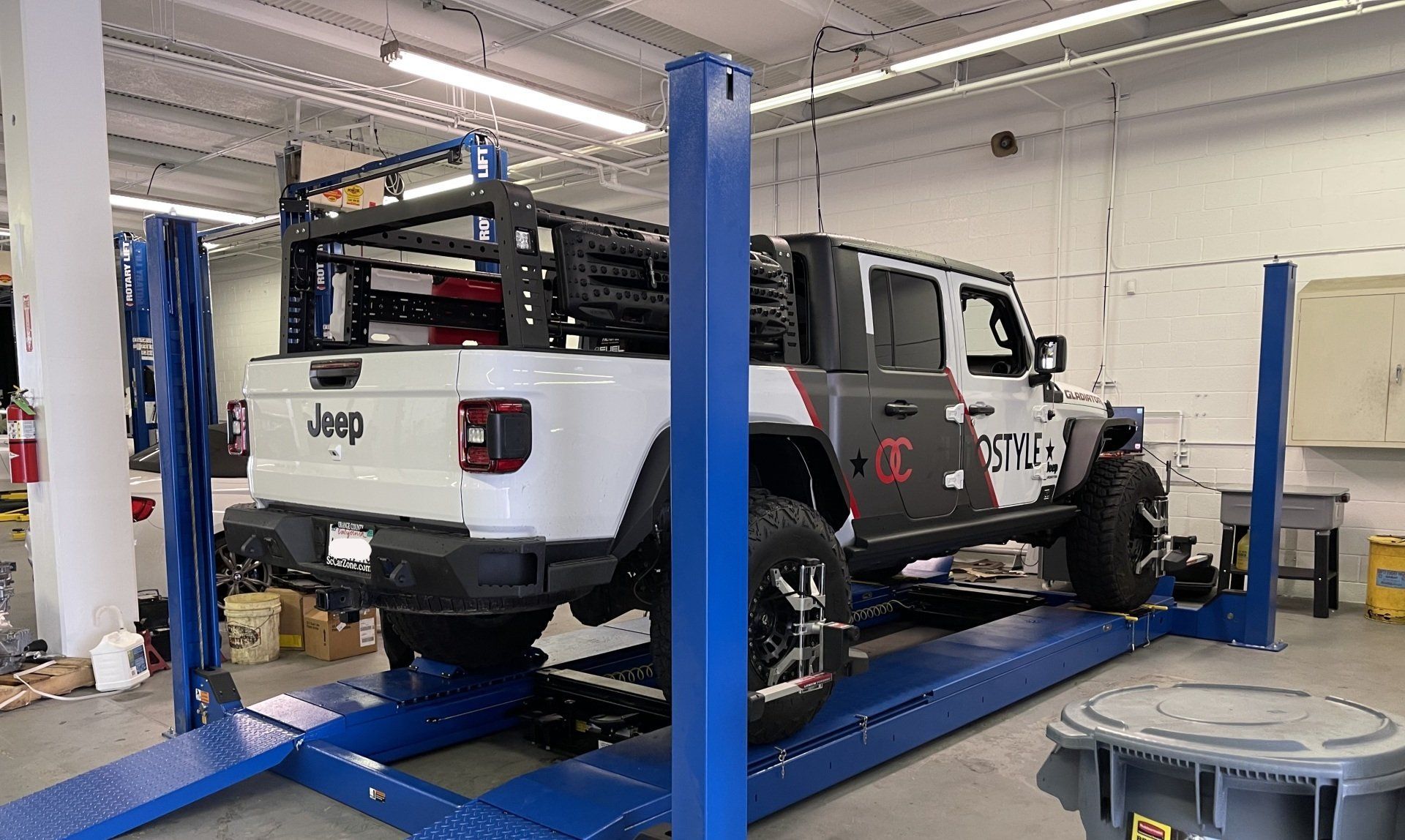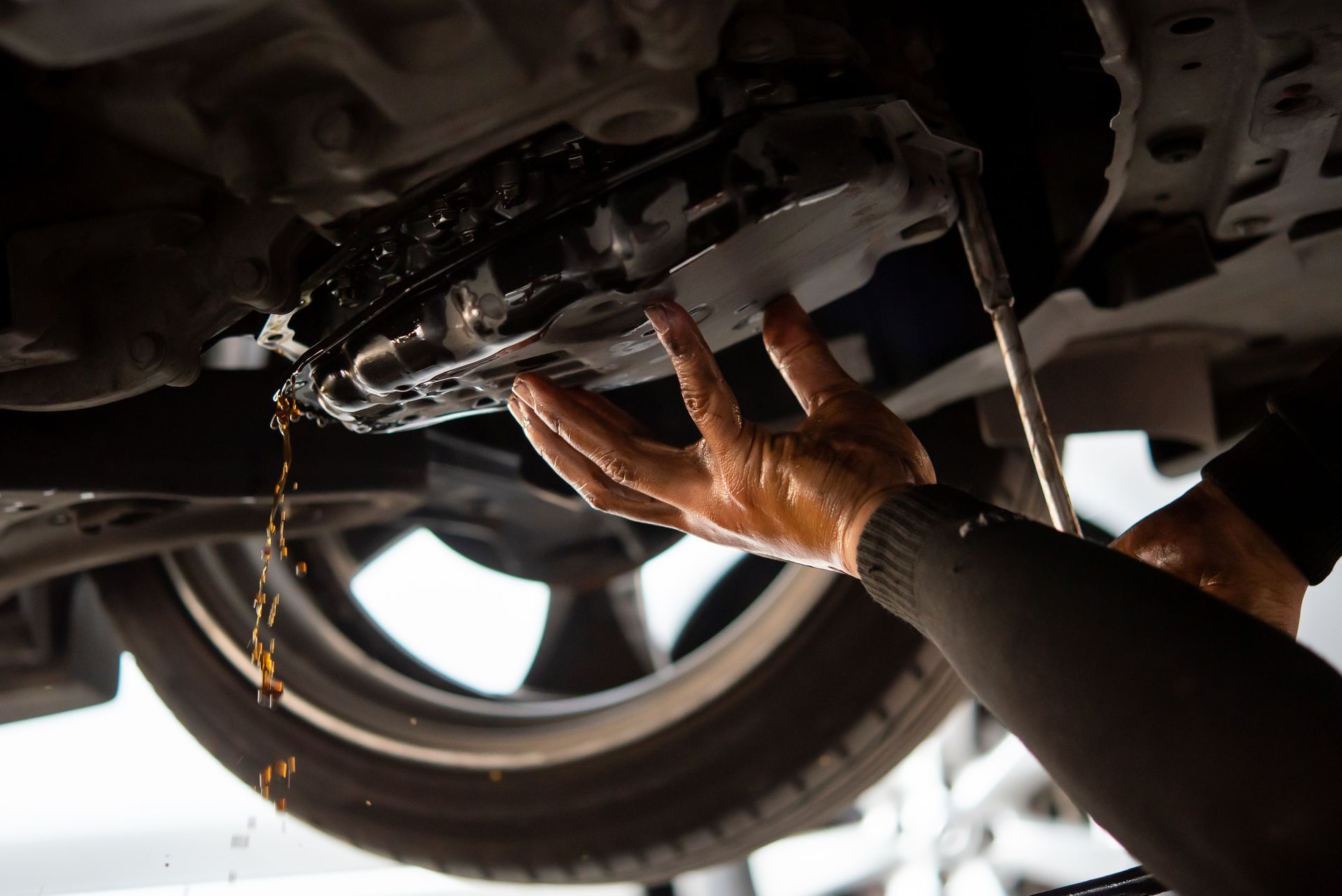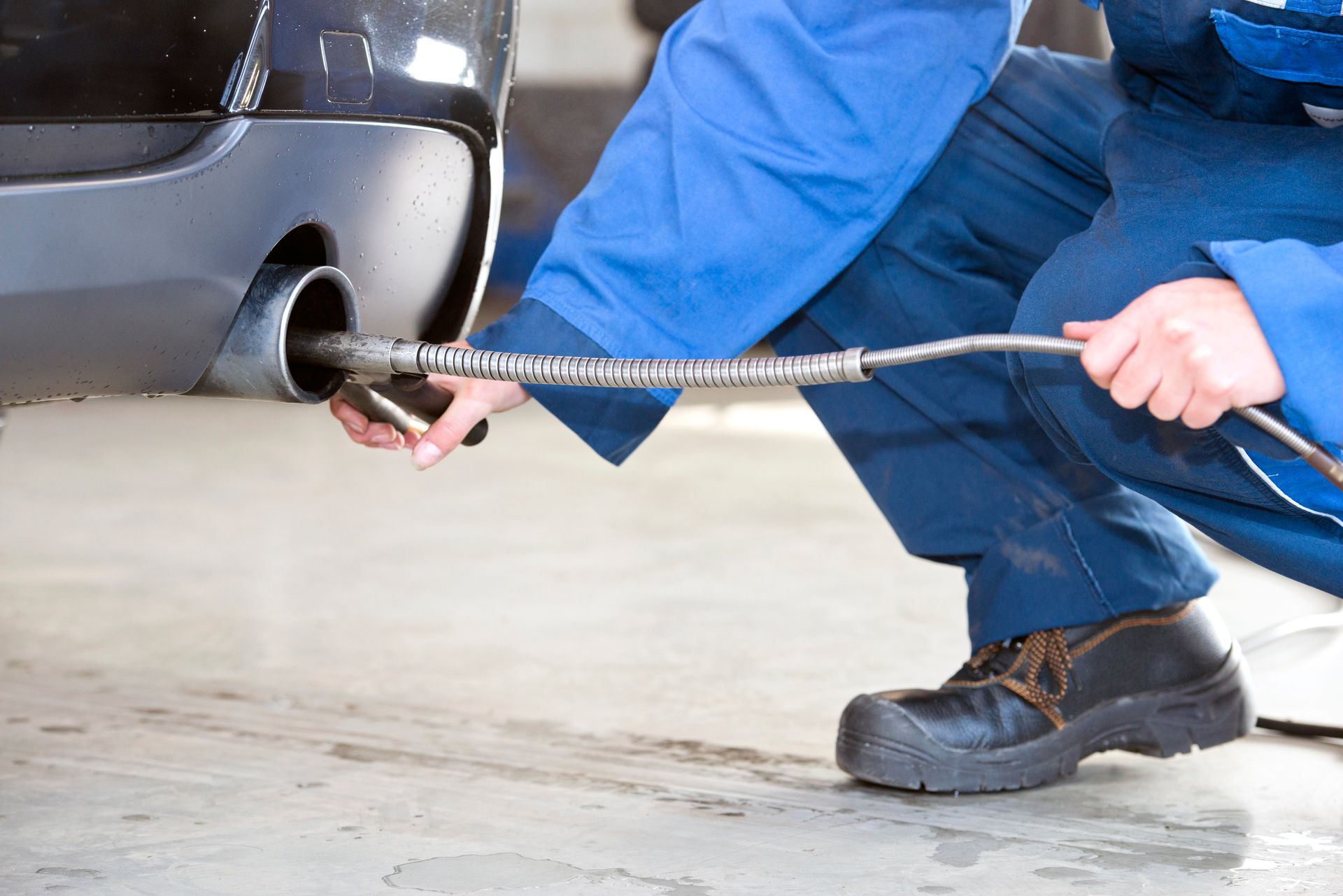Dodge Maintenance Tips You Can Do Yourself to Prevent Costly Repairs
Maintaining your Dodge efficiently and correctly is crucial to avoiding unexpected visits to the Dodge repair shop. Regular upkeep not only ensures smoother operations, but also significantly cuts down on the need for costly Dodge repair services. This post will highlight some common issues you may encounter with your dodge, and the ways you can keep a watch out for warning signs that there may be a problem.
Transmission Issues
A healthy transmission is crucial to the smooth operation of your Dodge. Checking regularly can prevent your transmission from developing severe problems that are expensive to repair. If you own a Dodge Journey or Grand Caravan, which are reported to be prone to transmission problems, it is especially important to keep up with checking for issues.
To check the transmission fluid, locate the dipstick in the engine bay (refer to the owner’s manual for exact location), pull it out, wipe it clean, reinsert it, and then pull it out again to check the level and color. If you notice that the fluid is dark or smells burnt, it may be time for a fluid change.
Regardless of issues however, make sure to change the transmission fluid every 30,000 to 60,000 miles, and follow the user manual in order to take proper care of your vehicle.
Electrical System Maintenance
The electrical system controls everything from your dashboard lights to your engine's timing. Keeping this system in check is essential for reliable car performance and to make sure nothing goes wrong.
Using a diagnostic scanner to read the car’s computer data and detect any electrical issues from time to time is something worth doing to ensure everything is working smoothly, but you may not have to worry about buying one if you don’t want to, as most auto parts stores will perform this service for free upon request.
Keeping this in mind, many vehicles have software updates that the car manufacturers roll out in order to prevent bugs, or make things run more smoothly. For updating the software in your vehicle, check the Dodge owner’s website for any available updates or recall notices that pertain to your model’s electrical system.
Any updates required can often be done via a USB stick or by visiting your local dealer.
Maintaining the Cooling System
The cooling system is vital, as it keeps your engine at the optimal temperature it needs to be in order to run correctly and without excess wear, and so proper maintenance is key to preventing any overheating or engine damage.
In order to see warning signs before they become a problem, make sure to visually inspect all hoses, the radiator, and connections for signs of coolant leaks, which might appear as wet or white streaks near hose connections.
In order to flush the radiator, drain the old coolant from the radiator tap, refill it with water, run the engine with the heater on max, and then drain and refill with new coolant. This process should be done every 40,000 miles.
How to Handle Brake Wear
Your brakes are the most important safety feature you can have on your car, driving with worn out or failing brakes is extremely dangerous as you may not be able to stop your car when the situation calls for it, and failure may happen suddenly if you aren’t checking for warning signs.
Make sure to regularly check the thickness of your brake pads through the wheels’ spokes, most pads have visible wear indicators in order to make it easier to see if anything needs to be done.
Beyond the visual cue, you may also hear a high-pitched squealing sound when you apply the brakes or if the car pulls to one side, which may indicate the brake pads are worn and need replacement.
Monitoring Oil Levels and Identifying Leaks
Oil is the lifeblood of your engine, providing it with enough lubrication and cooling in order to function properly, and so monitoring your oil levels and checking for any leaks is among the most important things you can do for your car. Without properly maintaining your oil the engine can undergo severe and usually irreversible damage, which would require replacing the engine completely at a Dodge repair shop
In order to check the oil, ensure that you are parked on level ground, and wait for the engine to cool, as a hot engine will not provide you with an accurate reading. Then, remove the dipstick, wipe it clean, insert it again, and then pull it out to check the level. Look for a caramel color, and that the oil level is between the two tick marks on the dipstick, if they aren’t, you might need to change your oil.
An oil leak is incredibly dangerous not just for you, but also for other drivers on the road, as it can cause tires to completely lose traction from the road surface and slide out of control. In order to check for leaks, check underneath the car for any signs of oil, and spot check around the oil pan and oil filter for any signs of fresh oil.
Suspension Care
The suspension system affects the comfort and handling of your vehicle, keeping an eye on it will improve the ride quality, as well as keeping you from costly repairs down the road.
Make sure to regularly check for uneven tire wear, which can indicate that your suspension is not correctly working. Also, it is a good idea to try and push down on each corner of the car; if the car bounces back more than 2-3 times, it may be a sign of worn shocks or struts.
If the car seems to ride bumpy or noisy after checking shocks and tires, it might be time to have a professional assess the suspension system for damage.
Battery Maintenance
A healthy battery ensures that your car can start, and that it can power all of the electrical components that it needs in order to run correctly, checking the life of your battery regularly can help avoid the car being unable to start, or any other unexpected failures
You can check your battery’s voltage with a voltmeter; a healthy battery should read between 12.4 and 12.7 volts while the car is off. Make sure to always clean any corrosion from terminals.
If you notice dimming headlights or slow crank on startup, these can be early signs of a failing battery. Make sure to get a read on your battery levels, as well as check for a swollen battery casing as well, as this can indicate a battery past its prime.
Conclusion
Staying on top of these maintenance tasks can help you avoid frequent and costly trips to a Dodge repair shop. For specialized services like diesel car repair or more complex issues, always consult with professionals. By adhering to these tips, you ensure your Dodge remains reliable, safe, and far from needing frequent repairs.
Remember, regular maintenance is the key to extending the life of your vehicle and ensuring it performs at its best. If you suspect any major issues, do not hesitate to contact your local Dodge repair shop in Orange County for expert advice and service.












